In today's rapidly evolving digital landscape, staying ahead in search engine optimization (SEO) is essential for marketers. Real-time analytics empowers you to make informed decisions that improve content performance and enhance visitor engagement. By providing immediate access to crucial metrics, real-time analytics allows you to identify underperforming content quickly and offers actionable insights that can significantly enhance your SEO strategies.
This guide will help you understand real-time analytics, highlight the tools that can facilitate your efforts, outline best practices for integrating these insights into your marketing strategies, and address common challenges. With the right approach, you can leverage real-time analytics to drive SEO success.
An infographic illustrating the concept of SEO with elements covering strategy and analytics (Source: Shutterstock)
Identifying Underperformance: Quick Wins for SEO Specialists
To enhance your SEO efforts, it's crucial to identify underperforming content swiftly. This can be done by effectively monitoring key performance indicators (KPIs) and using the right tools. Platforms like Semrush, Ahrefs, and SEOquake provide real-time data that helps you pinpoint content needing attention.
Utilizing dashboards allows you to visualize performance metrics effectively. You can monitor aspects such as organic traffic, bounce rates, and user engagement in a consolidated view.
Research indicates that companies leveraging real-time analytics see substantial improvements in content performance. For example, Flyhomes expanded its website from 10,000 to over 425,000 pages using data-driven content strategies, resulting in significant traffic gains.
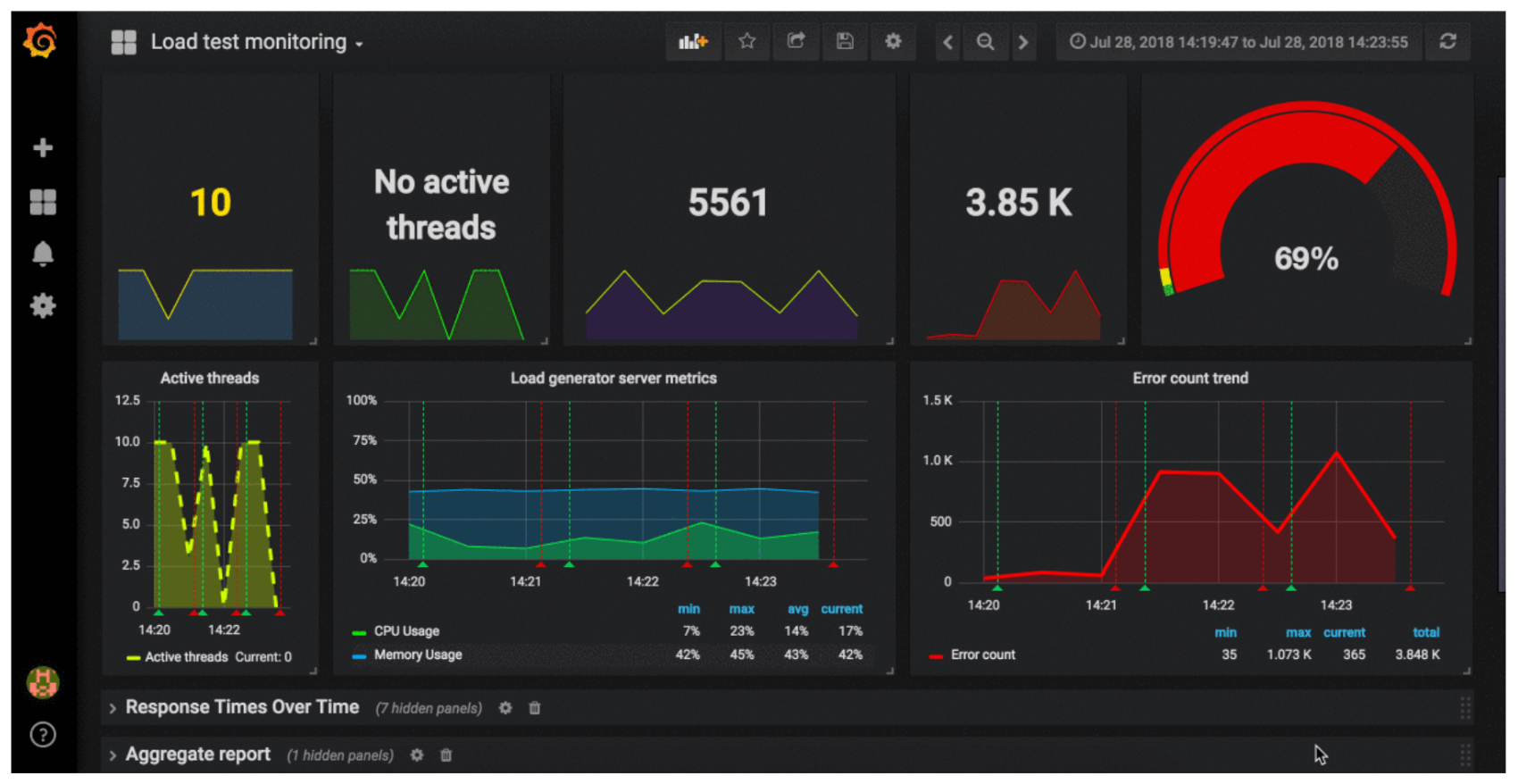
A dashboard showcasing real-time performance metrics (Source: Performance Testing)
Choosing the Right Tools: Your SEO Analytics Arsenal
Selecting the right tools for real-time SEO analytics can greatly influence your strategy's effectiveness. Some top players in this space include Semrush, Ahrefs, ContentKing, and BrightEdge.
-
Semrush offers comprehensive real-time position tracking and SERP monitoring.
-
Ahrefs provides real-time data with hourly updates and continuous site audits.
-
ContentKing specializes in 24/7 real-time SEO auditing, ensuring no critical changes are overlooked.
-
BrightEdge combines real-time metrics with predictive analytics to help you anticipate market trends.
Each tool has unique features, and understanding your specific needs is vital in selecting the appropriate one. This will enable you to maximize the potential of real-time data in your SEO strategies.
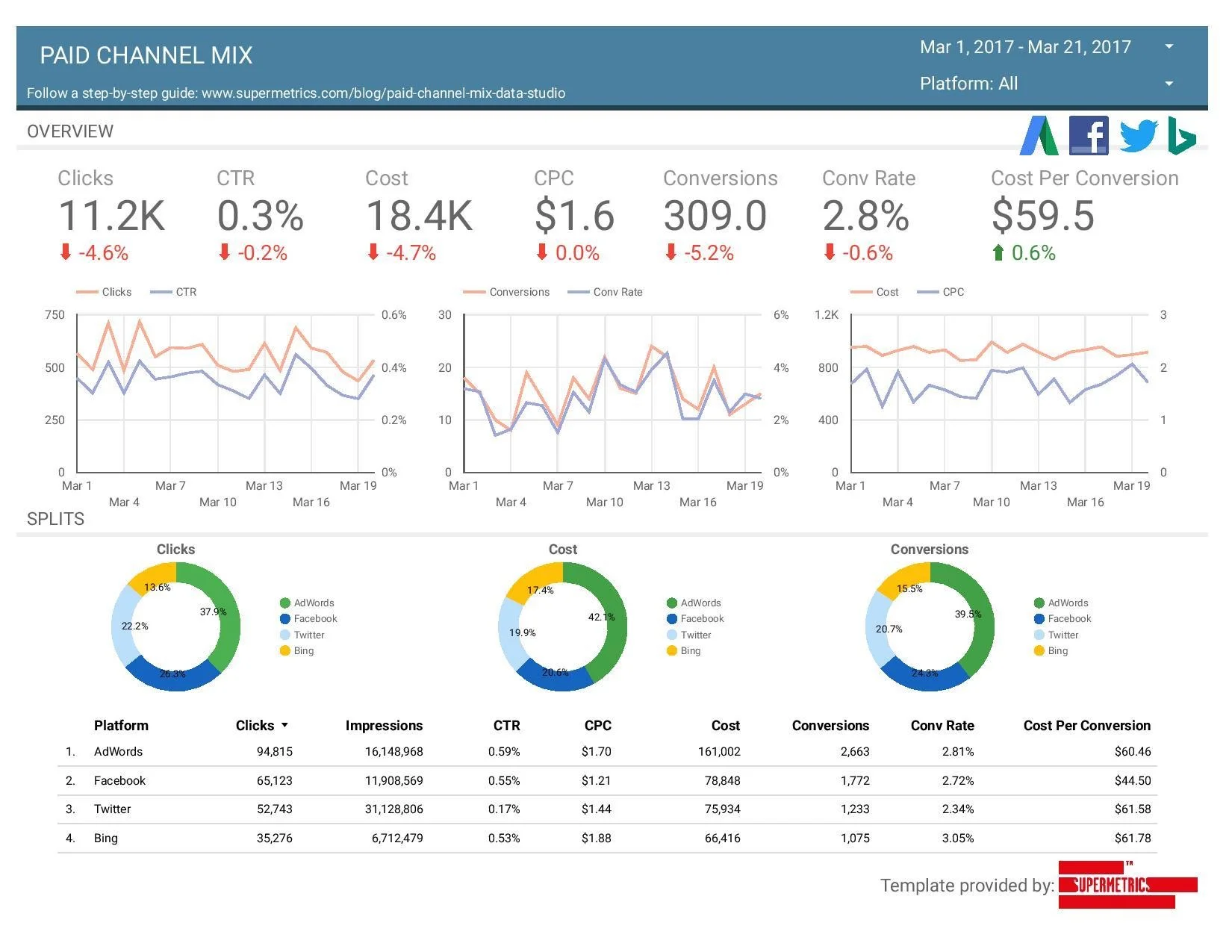
A comparison chart showcasing different real-time analytics tools (Source: Emote Digital)
Adjusting Your SEO Strategy: The Agile Approach
Incorporating agility into your SEO strategies allows you to adapt promptly based on real-time data insights. This means being open to rapid adjustments in tactics whenever necessary.
For instance, if data shows a sharp decline in rankings for specific keywords, it's essential to investigate and respond quickly. Automating data collection can streamline this process and ensure that you remain informed without being overwhelmed.
Agile content strategies that utilize real-time analytics enable you to pivot and target emerging trends seamlessly. Efficiently incorporating feedback will enhance your website's relevance and user engagement.
A flowchart illustrating the agile process in SEO (Source: Creately)
Metrics That Matter: Choosing What to Measure
To ensure your SEO adjustments are effective, it's important to track essential metrics that directly impact your goals. Some key metrics to monitor include:
-
Organic Traffic: Usage patterns provide insights to inform content strategy adjustments.
-
Click-Through Rates (CTR): Monitoring CTR helps identify opportunities for optimization in meta titles and descriptions.
-
Bounce Rates: A high bounce rate may indicate that visitors are not finding what they expected, providing critical insight about content effectiveness.
Real-time tracking of these metrics allows you to make informed decisions and implement pivotal changes to your content and strategy. Adopting this proactive mindset ensures that you remain ahead of industry trends.
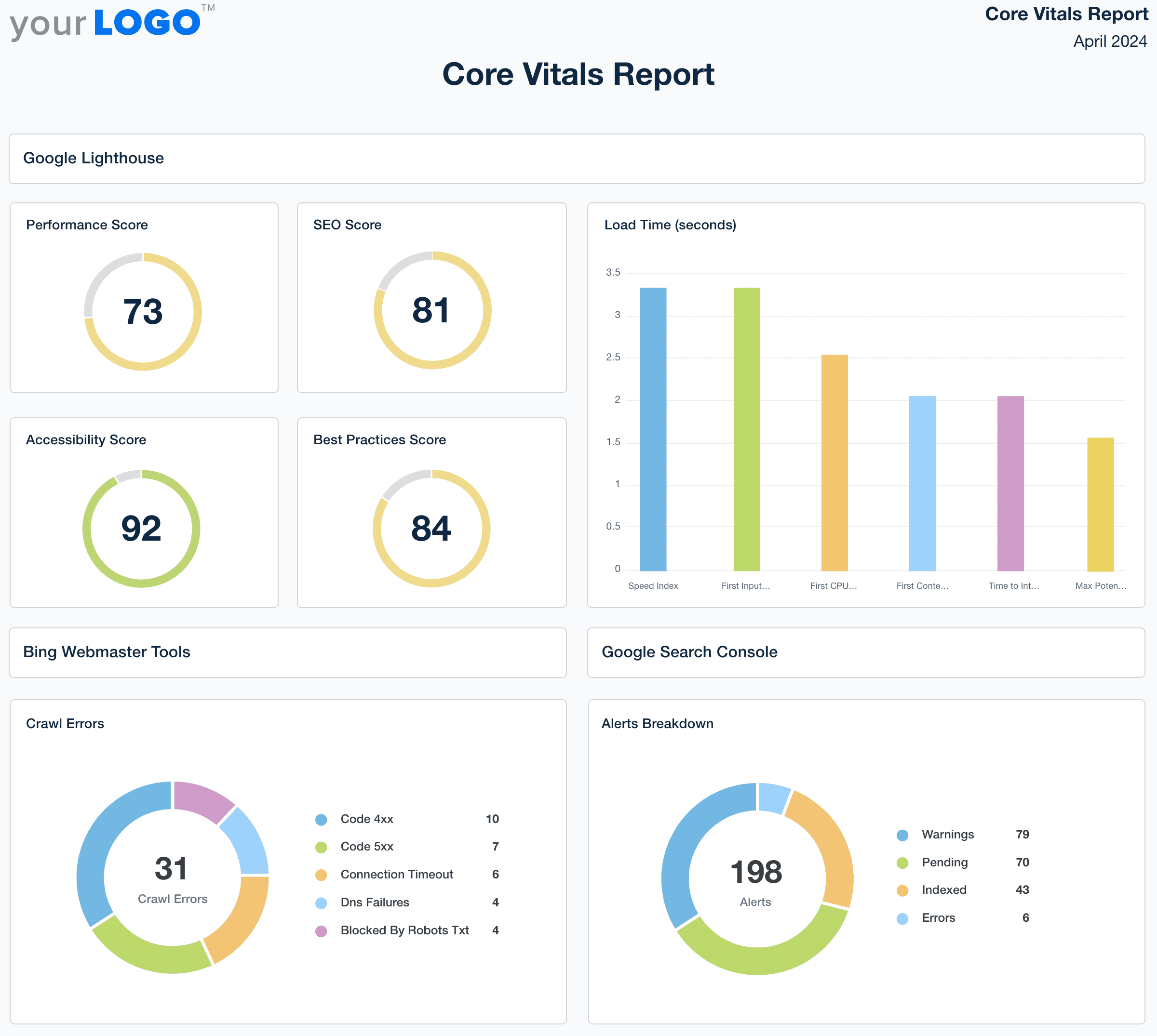
A visual representation of key SEO metrics (Source: Agency Analytics)
Empowering Your Team: Best Practices for Real-Time Data Integration
Successful integration of real-time SEO data into existing marketing strategies requires collaboration across departments. A holistic approach involves building cross-functional teams composed of SEO specialists, content creators, and data analysts.
Implementing robust data workflows and ongoing training can foster a culture that prioritizes real-time insights. When all stakeholders understand how to effectively leverage data, your organization will respond more rapidly to emerging opportunities and challenges.
For instance, combining SEO data with CRM systems can lead to tailored marketing efforts that resonate well with your target audience.
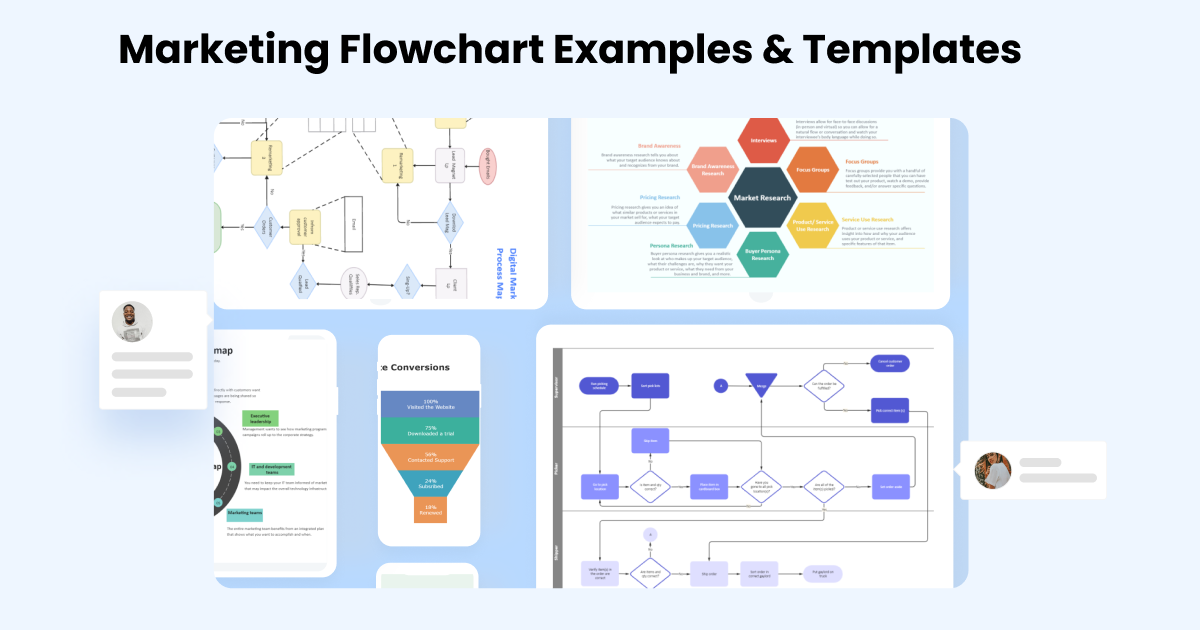
A diagram depicting an integrated marketing workflow (Source: Edraw)
Navigating Challenges: Overcoming Barriers to Real-Time Analytics
Adopting real-time analytics comes with its own set of challenges. Common obstacles include managing large volumes of data, ensuring data accuracy, and integrating new tools with existing systems.
To address these challenges, it's important to implement scalable solutions that can handle high data volumes while incorporating robust validation processes. Engaging stakeholders early and educating them about the benefits of real-time data can help ease the transition.
Moreover, addressing data privacy and security is crucial, especially in an era of stringent regulations.
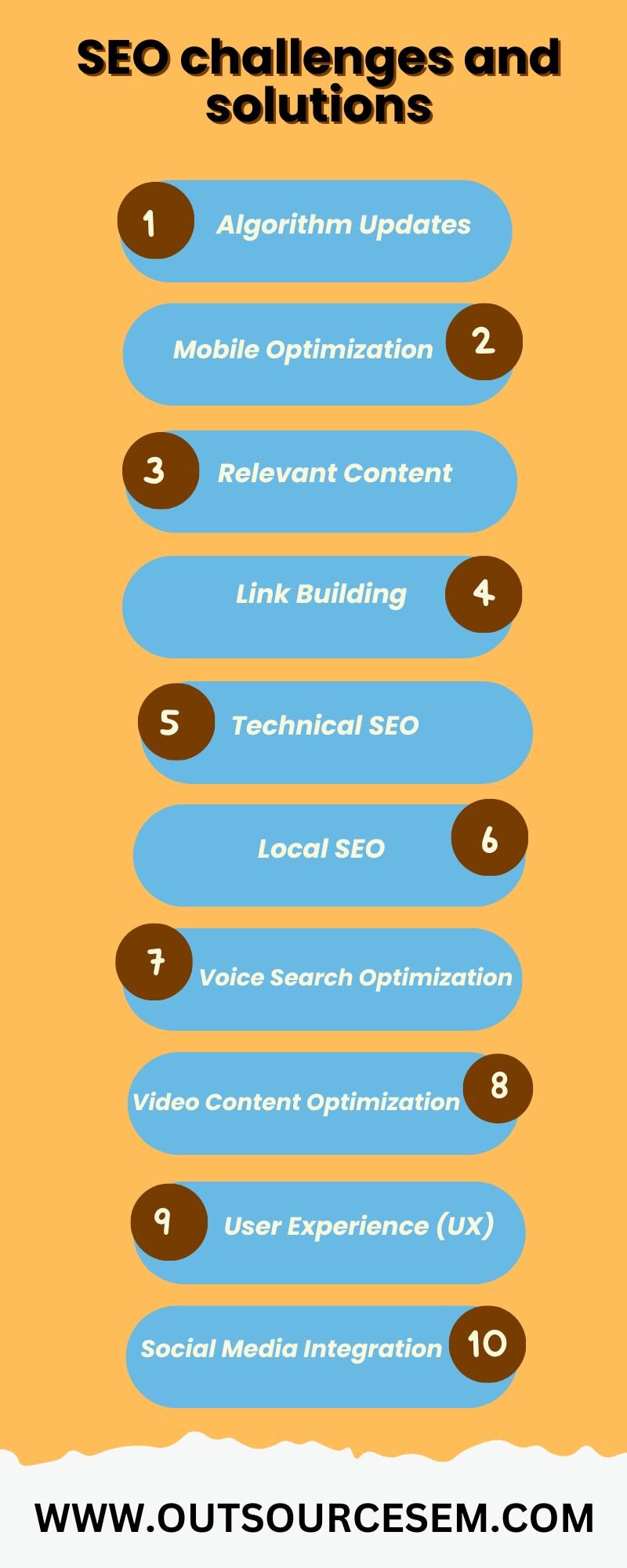
An infographic summarizing challenges and solutions (Source: Outsource SEM)
Leveraging AI and Machine Learning in Real-Time SEO Tools
The impact of AI and machine learning on real-time SEO analytics is reshaping how marketers approach their strategies. AI tools can process vast amounts of data quickly, providing insights that were previously unattainable.
Natural language processing (NLP) capabilities allow these tools to analyze search intent and generate content recommendations. Additionally, predictive analytics helps marketing teams anticipate trends and adjust strategies accordingly, allowing you to stay alert for market changes.
Marketers who utilize these advanced technologies will be well-equipped to optimize their SEO initiatives and enhance their decision-making processes.

An illustration showcasing the impact of AI on SEO analytics (Source: SEO Hacker)
Case Studies: Real-Time Analytics in Action
Examining real-world examples provides insight into the effectiveness of real-time analytics across various industries. For instance, the healthcare sector has seen successes in improving its digital presence through real-time data usage.
Flyhomes is one example that implemented a robust content strategy informed by real-time analytics, leading to significant increases in monthly traffic. Similarly, Escape the Room optimized its metadata using real-time insights, resulting in record-high engagement metrics.
These cases demonstrate that leveraging real-time analytics can result in substantial improvements in SEO outcomes. This makes it a necessary part of any effective strategy.
Detailed case study report showing traffic metrics improvement after using real-time SEO analytics (Source: Example)
Real-time analytics provide a competitive edge in a complex digital environment. By implementing the strategies and practices discussed in this guide, you can improve your SEO efforts, adapt quickly to changing circumstances, and ultimately achieve greater success. Embracing these insights will help you maintain momentum in your SEO initiatives as you navigate this ever-evolving landscape.

Komentar (0)
Masuk untuk berpartisipasi dalam diskusi atau .